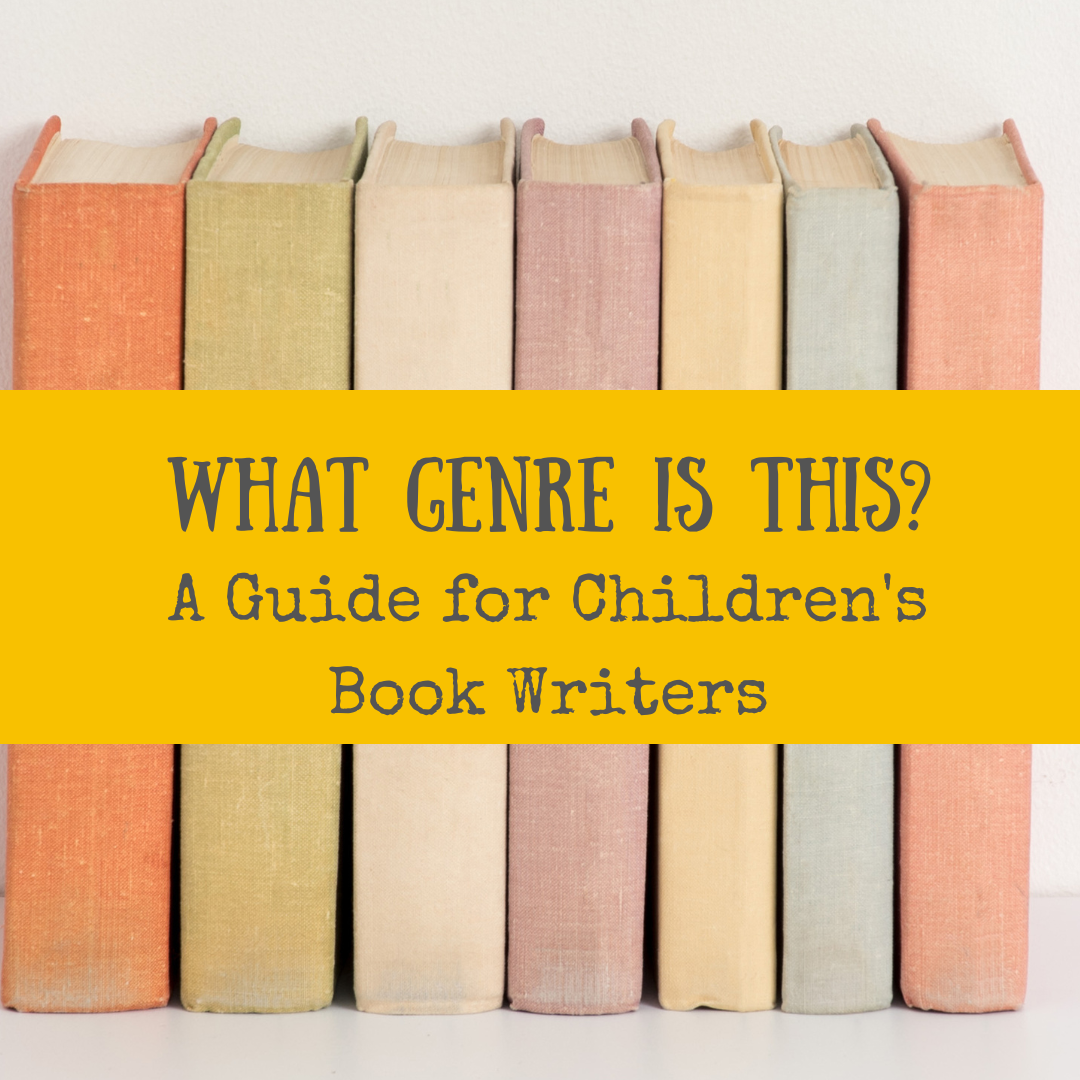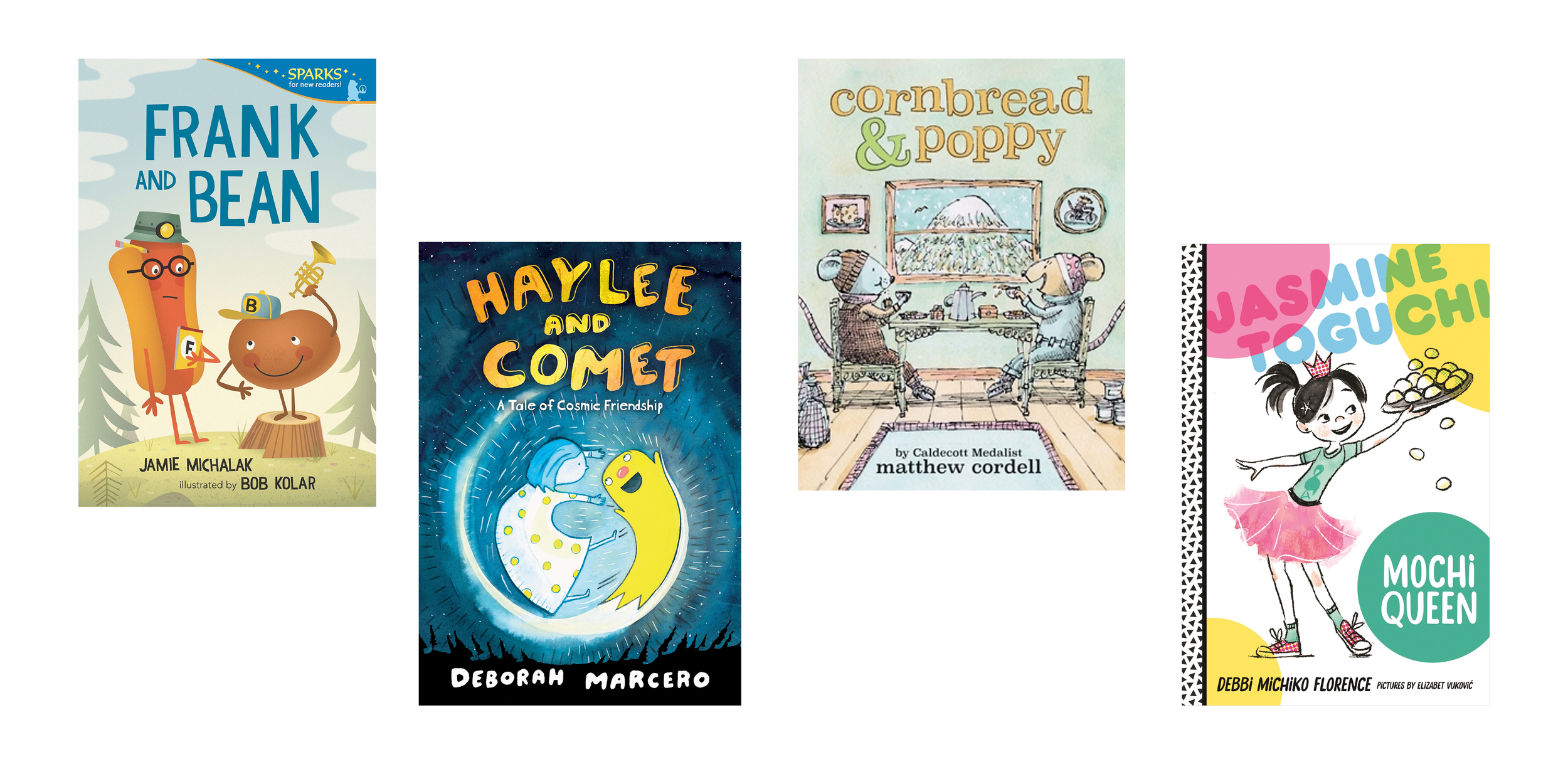What Genre Is This? (A Children's Book Writer's Guide to Age Ranges and Categories)
Every children’s book genre has standards (rules that you may or may not want to follow). It’s helpful to articulate what genre you’re writing, even if you’re blurring the lines. It will guide your creative decisions, as you’re working on the book, and it will make it easier for your agent to position the book when it’s time to share it with editors. Categorizing a book is definitely an art not a science, but knowing the genre or age range, will help an editor understand what to expect. It helps a bookseller know where to shelve your book in the store. And it helps reader discover your book at just the right moment, when they’re looking for something wonderful, but they don’t know what it is yet! Below are some guidelines and questions to help you sort out what you’re working on.
Board Books
Ages 0-3
Less than 100 words
5-10 words per page
Often follow young children of animals
Simple POV
Little to no plot, but takes the reader on a journey with a gentle climax
High-contrast illustrations
Encourage multiple readings
Develop a love of books and reading together
Show how the world works (basic concepts like colors, shapes, manners, etc)
Often reformatting of a popular picture book
Picture Books
Primarily ages 3-7, but stretches to sophisticated NF titles for ages 12+
Rarely over 1000 words, mostly under 500
Protagonist is 3-7 years old (in body or soul)
Tends to follow traditional story structure with a main character who solves the problem
Most often read aloud
Themes include going to school, sharing, nature, love, and other topics relevant to young readers
Large market
Caldecott award
Early Readers
Ages 5-7
Leveled text (formally or informally)
Designed to help kids become independent readers
Simple sentences and vocabulary
May include chapters (either that work as isolated vignettes or that connect and build on each other in some way)
Illustrations support the text and ease readability
Give readers a sense of accomplishment
Simple but engaging so the emphasis is on learning to read rather than understand the content
Limited market
Geisel award
Chapter Books
Ages 6-7 and 8-10 with some crossover
5000-35,000 words
Includes chapters
Dialogue-heavy text
Main character is often 1-2 years older than reader
Simple POV
Plot includes twists
Books are often part of a series
Books within a series often follow a templated storyline
Story includes moments of heightened emotion, rather than simply external action
Themes include feeling alone, friendship, and being brave
Limited but expanding market
Middle Grade
Ages 8-12
30,000-45,000 words
Main character is 2-4 years older than the reader
Includes more developed secondary characters
Complete novel with twists, subplots, and emotional journey
Main character is more developed, makes more serious mistakes, and suffers more deeply
More plot driven than YA
Themes include crushes, good versus evil, feeling at home
Expanding market
Newbery medal
Young Adult
Ages 13-16+
50,000+ words
Main character is in high school or older
Complete novel
Often more internally and emotionally driven than based on external action
Themes include self discovery, conformity, social issues, relationships
Large market
New Adult
Ages 17-mid 20s+
50,000+ words
Main character is in their 20s
Complete novel
Often sexier than YA
Themes include being an adult, social issues
New market
Many of these categories include subgenres.
Concept books
Nonfiction
Poetry
Humor
Historical fiction
Realistic fiction
Mystery
Magical realism
Sci-fi and Fantasy
There’s always crossover. Sometimes older kids read board books, because they’re easier when they’re learning to read. Or they’re simply trusted favorites. Early readers can feel a lot like chapter books if they have chapters. And there’s a big range within chapter books, with some that feel like graphic novels and other that feel almost like full middle-grade novels. It can be helpful to look at a writer who works in multiple genres, like Mo Willems or Annie Barrows, and study the differences between their books.
Twenty years ago, these were more formal categories. Now there’s more room for creativity and publishers are willing to blur the lines a bit, because they recognize readers want to read all different kinds of books at different stages of life. It’s not as simple as saying, if you’re 7, read this kind of book for a year. And books reflect that now. And I hope it goes without saying that no category is better or worse than any other. There’s just what’s right for your story. And to make things even more complicated, there’s often more than one way to tell a story. If you have an idea for a book, you might try it as an early reader, a chapter book, and a picture book, before you settle on the right genre. It takes time to figure out the character and themes, which means it takes time to figure out what format makes the most sense for each story.
Try This
Think about the format, plot, characters, voice, and themes in your book. Then ask yourself:
Who do I want to read this book?
Will they care about these themes and ideas?
What’s the simplest way to tell this story?
What do I need to tell this story completely?
Is this a series?
Does this book look, feel, and sound like other books in this category?
Do my favorite writing people (my agent, my editor, my coach, my friends) agree?
Then experiment, tinker, read some more, and keep writing! If it feels messy and fun, you’re probably doing it right. Send me a message if you have more questions!










